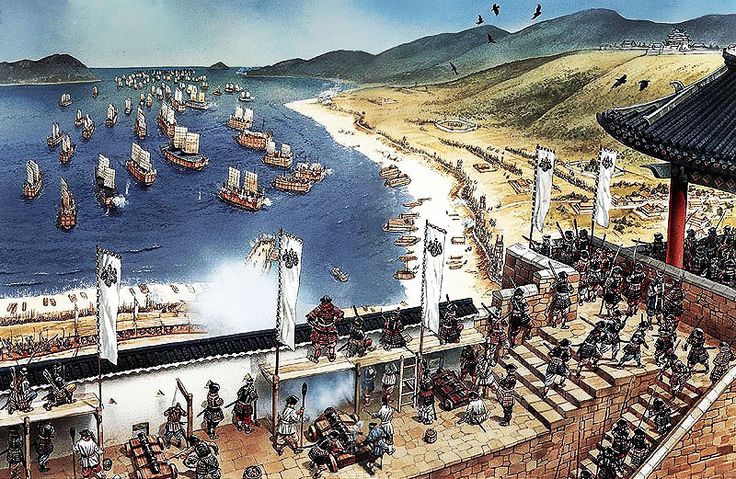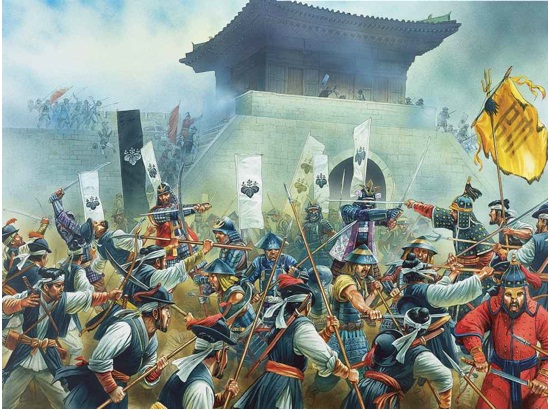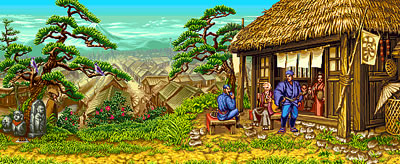This was an agreement between the United States and Japan, which concluded in 1955, that allowed the United States to maintain its major security presence in Japan. Because of the communist threat in the cold war, the government of Yoshida Shigeru of Japan agreed to a U.S. tawaran to create the Self-Defense Force (SDF) at a modest size of 180,000 troops in 1954. By allowing the Japanese government to train a modestly sized defense force, the constitution of 1947 was kept intact.
The original treaty was replaced in 1960 by the Treaty of Mutual Cooperation and Security, which marked a significant change from the one-sided alliance to a more balanced relationship based on shared responsibility for defense.
For the Japanese, the treaty provided a commitment from the United States to defend Japan against an armed attack, and it also required the United States to consult the Japanese government on the use of military bases on its soil.
Consultation was required to ensure that any major changes to U.S. operations or force deployments would be approved by both governments. For the Eisenhower administration, the treaty ensured a greater commitment to a stable alliance to support U.S. interests in Northeast Asia.
Gradually Japan took a greater share for its defense. In 1962 Japan began to pay some of the cost of U.S. military installations in Japan. The United States returned Okinawa
In the late 1970s a new series of agreements were implemented to transfer the responsibility for protecting specific sea lanes to Japan. Along with its expanded commitments, Japan broke the former 1 percent spending cap for defense and began purchasing American-made aircraft.
The collapse of the Soviet Union brought renewed focus to the U.S.-Japan defense alliance and lessened the need for a major U.S. military presence in northeast Asia. At the same time, Japan began to take on a greater international role. However, in 1991, the Japanese government was forced to decline requests to send troops to participate in the First Gulf War, bowing to parliamentary opposition.
The next year, the Japanese government passed a new law authorizing Japan to participate in United Nations peacekeeping operations, with contingents of Japanese troops. The expansion of Japan’s international commitments were reaffirmed in 1996 with the Clinton-Hashimoto Security Declaration, in which the U.S. committed to maintain 100,000 troops in the Western Pacific region that included Japan.
In 1999 the Japanese Diet passed the Law Concerning Measures to Ensure the Peace and Security of Japan in Situations in Areas Surrounding Japan. It authorized the use of force in "rear areas" surrounding Japan, partly in response to Communist North Korea’s development of nuclear weapons.
After 2001 Japan’s Self-Defense Forces and Maritime Defense Forces participated in U.S.-led military actions in Iraq and Afghanistan. Washington encouraged and supported Japanese efforts to contribute to the war on terror.


















